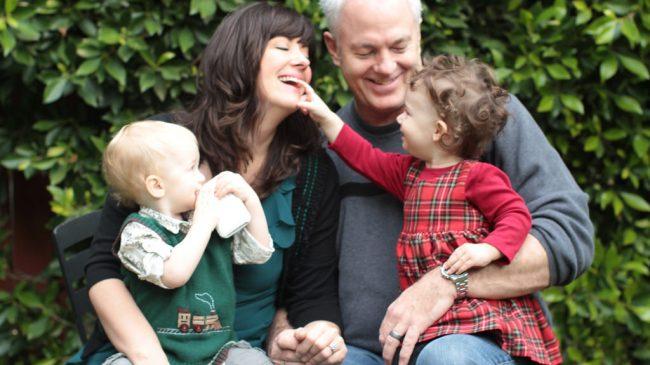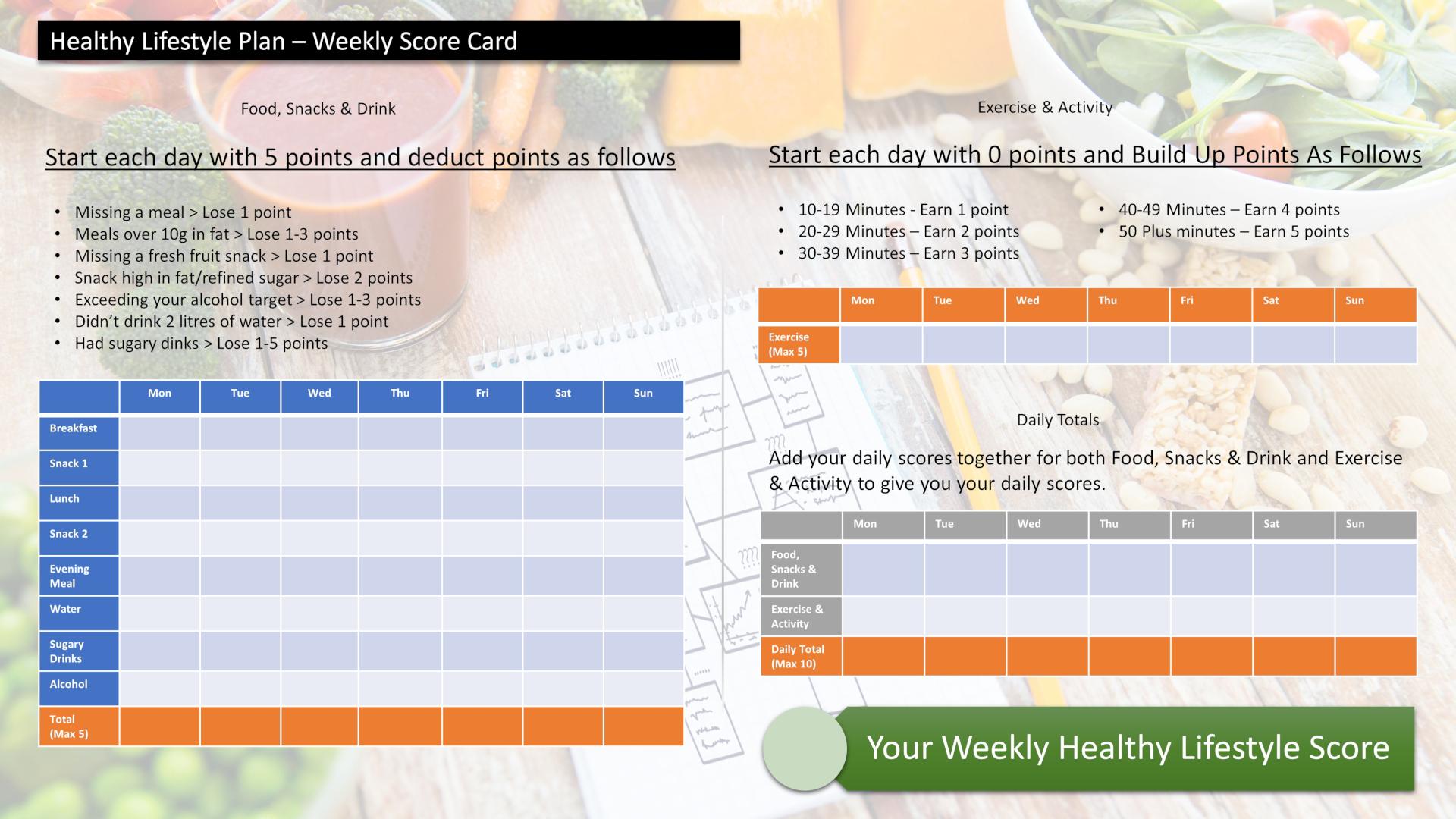Today I’m looking at explaining what is wellness. This is the second article in my Illness to Wellness series written to help people explore healthy ways to manage and live with their chronic pain condition and disabilities so they can enjoy more fulfilling, satisfying lives.
The most popular article that I have ever written was where I answered the question ‘what is a healthy lifestyle?’. Reading over this has given me hope and optimism about my journey from illness to wellness.
It makes sense to me to now look at the meaning of wellness and provide the answer to ‘what is wellness?’
What is the definition of Wellness?
The World Health Organization (WHO), defines wellness as “the optimal state of health of individuals and groups. There are two focal concerns: the realization of the fullest potential of an individual physically, psychologically, socially, spiritually and economically, and the fulfillment of one’s role expectations in the family, community, place of worship, workplace and other settings.”
The National Wellness Institute sees wellness as “a conscious, self-directed and evolving process of achieving full potential.”
“Wellness is generally used to mean a healthy balance of the mind, body and spirit that results in an overall feeling of well-being.” Wikipedia
Wellness is far more than being free from illness, it is a dynamic process of change and growth. It is also much more than merely physical health, exercise or nutrition. It’s importance lies in the words ‘optimal state of health’ surely the target for anyone experiencing bad health.
It is the full integration of seven dimensions of wellness: social, emotional, spiritual, environmental, occupational, intellectual and physical wellness. Each of these seven dimensions act and interact in a way that contributes to our quality of life. Each dimension is equally vital in the pursuit of optimum health. Complete wellness means optimizing each of the dimensions of wellness. Be clear on this, you can’t achieve optimal health if you don’t get all 7 areas of wellness to a good level.
So let me now break down for you each of these dimensions.
SOCIAL WELLNESS
Social Wellness is the ability to relate to and connect with other people in our world, showing respect for others and yourself while performing your personal roles effectively and comfortably. Our ability to establish and maintain positive relationships with romantic partner, family, friends, co-workers contributes to our Social Wellness.
Optimal social wellness requires:
• Contributing to one’s environment for the common welfare of, and social justice within, one’s community,
• Learning to effectively communicate your thoughts, feelings, and ideas,
• Cultivate healthy relationships where you relate to and connect with other people,
• Developing respect with others, and tolerance for those with different opinions and beliefs,
• Develop and maintain intimacy with significant other,
• Creating a support network of friends and family members,
• Get involved and contribute to your community,
• Share your talents and skills,
• Recognizing the need for leisure and recreation.
EMOTIONAL WELLNESS
The way you feel has a huge effect on you. Your emotions on their own can make you ill or healthy dependent on whether you are negative or positive most of the time. Emotional Wellness is the ability to understand ourselves and able to adequately cope with life’s challenges. The ability to acknowledge and express our feelings, such as anger, fear, sadness or stress; optimism, hope, love, joy and happiness in a productive manner contributes to our Emotional Wellness. Being able to enjoy life, adjust to emotional challenges, and cope with stress and traumatic life experiences. Paying attention to self-care, relaxation, stress reduction and the development of inner resources so you can learn and grow from experiences.
Optimal emotional wellness requires:
• Cultivating an optimistic attitude,
• Ability to understand your own feelings,
• Accepting your limitations,
• Achieving emotional stability,
• Being comfortable with your emotions,
• Ability to manage stress and express emotions appropriately,
• Recognizing, accepting, and expressing feelings,
• Accepting one’s limitations,
• Adjusting to change.
SPIRITUAL WELLNESS
Spiritual Wellness is the ability to establish peace and harmony in our lives. The sense that life is meaningful and has a purpose; the ethics, values, and morals that guide us and give meaning and direction to life are congruent with the actions we take. This means we possess a set of guiding beliefs, principles, or values that give direction to our life.
Optimal spiritual wellness requires:
• Discovering meaning and purpose in life,
• Determining and exploring your ethics, values, and morals,
• Be fully present in everything you do,
• Living by your principles,
• See opportunities for growth in the challenges life brings you.
ENVIRONMENTAL WELLNESS
The capability to live in a clean and safe environment that is not detrimental to health able to access clean air, food, and water. Environmental wellness encourages you to respect the delicate balance between the environment and yourself. The ability to make a positive impact on the quality of our environment, including the places where we live, learn, work, as well as our communities, country, and the whole planet, and respect for other living things contributes to our Environmental Wellness.
Optimal Environmental wellness requires:
• Clean air,
• Pure water,
• Quality food,
• Adequate shelter,
• Satisfactory work conditions,
• Personal safety,
• Healthy relationships.
• Making a positive impact on the quality of our environment.
• Minimizing harm to the environment.
OCCUPATIONAL WELLNESS
Occupational Wellness is the ability to get personal fulfilment and enrichment from our jobs or our chosen career while maintaining balance in our lives. By enjoying your occupational endeavours and appreciating your contributions making a positive impact on the organizations we work in and to society as a whole leads to Occupational Wellness. A “vocationally well” person expresses his or her values through paid and volunteer activities that are personally rewarding and that make a contribution to the well being of the community.
Optimal Occupational wellness requires:
• Successfully integrating a commitment to your occupation into a satisfying and rewarding lifestyle,
• Preparing and making use of your gifts, skills and talents in order to gain purpose, happiness, and enrichment in your life,
• Desire to contribute in our careers to make a positive impact on the organizations we work in and to society as a whole,
• Finding meaning and purpose, happiness, and enrichment in the job you do
• Making use of your gifts, skills, and talents
• Experience satisfaction/pleasure in your employment.
• Integrating a commitment to your occupation into a total lifestyle that is satisfying and rewarding.
INTELLECTUAL WELLNESS
Intellectual Wellness is the ability to open our minds to new ideas and experiences, mastery of new skills, and a willingness to seek out opportunities for personal growth and social development continuing to expand your knowledge. Intellectual Wellness involves lifelong learning, application of knowledge learned, and sharing knowledge.
Optimal Intellectual wellness requires:
• Ability to learn and use information effectively for personal, family, and career development,
• Striving for continued growth and learning to deal with new challenges effectively,
• Unbridled curiosity and ongoing learning,
• Apply the things you have learned and create opportunities to learn more.
PHYSICAL WELLNESS
Physical Wellness is the ability to maintain a healthy quality of life that allows us to get through our daily activities without undue fatigue or physical stress respecting and taking care of your body. The ability to recognize that our behaviors have a significant impact on our wellness and adopting healthful habits through exercise, proper nutrition, getting enough sleep and paying attention to the signs of illness and getting help when needed while avoiding destructive habits (tobacco, drugs, alcohol, etc.) will lead to optimal Physical Wellness. Developing healthy habits can add years to your life and enhance the enjoyment and quality of those years.
Optimal Physical wellness requires:
• A well-balanced nutritious diet,
• Daily physical activity and exercise, (moderate exercise two or three times a day)
• Proper weight maintenance,
• Adequate rest and sleep, (seven or eight hours a night)
• Avoidance of risky sexual behaviour,
• Limited exposure to environmental contaminants,
• Learn to recognize early signs of illness
• Restricted intake of harmful substances. (No smoking/no alcohol or only in moderation)
Each of the seven dimensions contributes to our own sense of wellness or quality of life, and each affects and overlaps the others. At times one may be more prominent than others, but neglect of any one dimension for any length of time has adverse effects on overall health.
Balance is the key to leading a healthy lifestyle. Wellness is the dynamic process of becoming aware of all the key areas and making choices that directly contribute to one’s well-being by gaining balance.
Because the goal of achieving optimal health is achieved by way of “striking a balance” in relation to these 7 dimensions, you have to learn how best to get each area right and then set about implementing the changes required to do so.
Wellness is an active, lifelong process of becoming aware of your choices and making decisions that will help you to live a more balanced and fulfilling life. This is the only path to take when you want to bring about the restoration of health to move from illness to wellness.
Wellness involves a sense of empowerment. Each day we wake up we can make choices. Empowerment goes hand-in-hand with taking personal responsibility for our day to day choices and our lives.
In the next article in this series we are going to look at Your Wellness – How Healthy are You? I’ll provide you with a Wellness Assessment that will allow you to find out your level of wellness by rating each of the dimensions of wellness.
Now you know ‘what is wellness’ would like to pursue the path to wellness? Please write me a comment.
Score Your Way To Good Health - With Our Healthy Lifestyle Plan
Score your way to good health with our healthy lifestyle plan and it's unique 70 point weekly scorecard!



